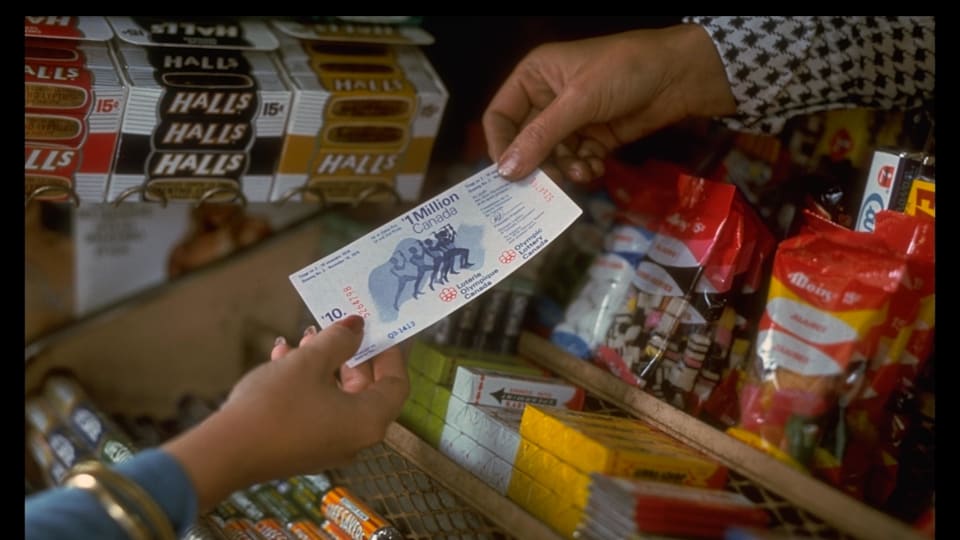The Economics of Montreal 1976
The Olympic Games Montreal 1976 totalled CAD 606 million in revenue, CAD 383 million in operating expenses (hosting the Games) and CAD 1.21 billion in capital expenditure (i.e., investment in venue construction). This resulted in a debt, split between the city of Montreal (CAD 200 million) and the Province of Quebec (CAD 790 million).

Right after the Games, the repayment of the debt was structured over a period of 30 years through two major sources of income. Firstly, the Olympic Lottery was extended by the parliament and became Lotto Canada, which paid part of the Games deficit through to the end of 1979 and has since made millions of Canadian dollars available for amateur sport. Secondly, Quebec raised a provincial tax on tobacco as the main avenue to repay the debt, which was fully paid in 2006.
On the revenue side, the Organising Committee for the Montreal Olympic Games attempted to self-finance the operational cost of the Games and the associated capital expenditure. Its model was based on a sponsorship, licensing and supplier programme and Canada’s first national lottery scheme. In 1974, the nationwide Olympic Lottery was created, with the expectation of bringing in CAD 32 million for the organisation of the Games, but which ended up generating CAD 235 million in its two-and-a-half-year existence. Ground-breaking in its conception, the model did not generate enough revenues to fully cover the capital expenditure but would be more successfully adopted by future host cities to fund Games operations. For example, Los Angeles in 1984 and Atlanta in 1996 relied completely on private money to fund their Games.
On the cost side, changes in design and architectural ambitions, coupled with technical difficulties encountered in the construction of the Olympic Park, played a part in these figures, with the building of the Olympic Stadium being specially challenging. Other contributory factors were rising material costs caused by the 1973 oil crisis and global inflation. Labour strikes reduced working days between December 1974 and April 1976 from 530 to only 155. To make up for lost time and ensure the venues were delivered on schedule, construction work went on round-the-clock. The resulting overtime payments and extra heating through the harsh Canadian winters were two additional factors that pushed the construction cost higher than what was forecast during the candidature for the Games.
The CAD 1.6 billion expenditure generated an estimated additional gross national product of CAD 1.5 billion, while CAD 363 million was generated in direct and indirect taxes. Tourist spending during the Games was estimated at between CAD 77 million and CAD 135 million.
The economics of Montreal 1976 provided an object lesson for future organising committees and showed that funding should be in place beforehand and come from a variety of sources. The IOC acted by requiring future organisers to set up financial contingencies against revenue shortfalls. Similar safeguards have also been introduced for sports event organisers in Canada.
As for the Olympic Park, it is used for sport, cultural and leisure activities and now generates revenues of between CAD 20 and 25 million a year. All three levels of government have earmarked funds for the development of the Olympic District in the coming years.